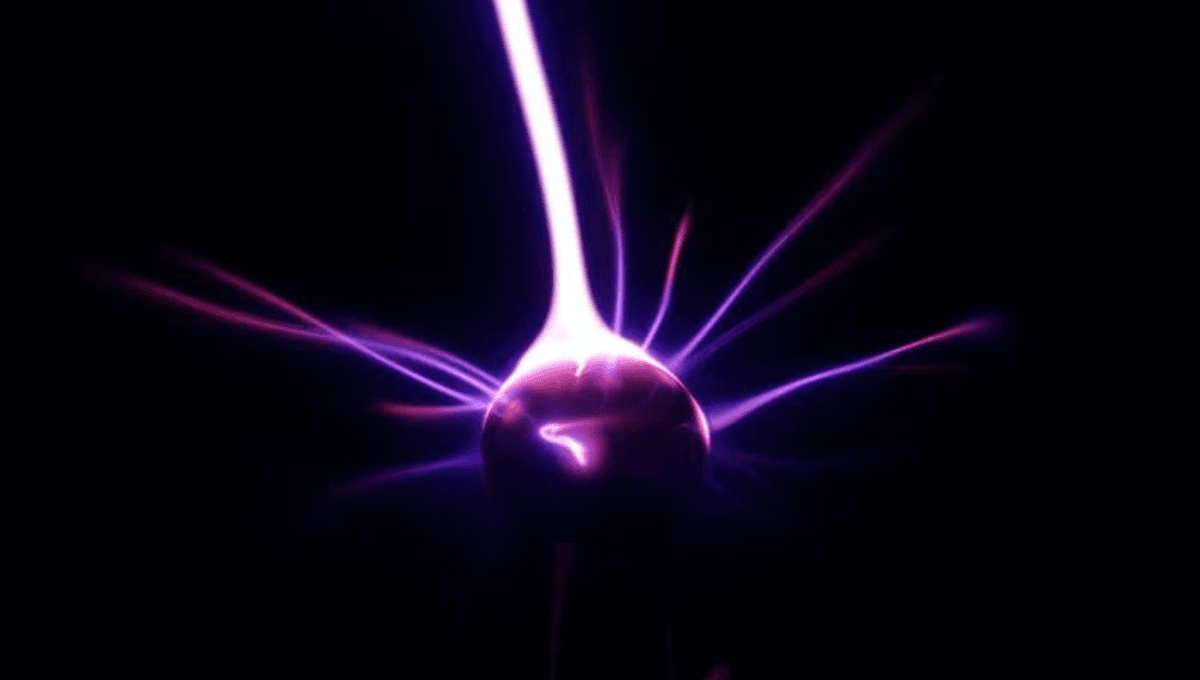
Scientists have broken the record for the smallest measurements of gravity using a technique they see as having the potential to go much smaller. So small in fact it may help us determine if gravity is quantized, and if so, how general relativity and quantum mechanics are reconciled.
One of the great revelations of the early 20th century is that energy is not continuous, instead existing in minuscule packages, known as quanta. This discovery, stunning on its own, led to numerous follow-ups that demonstrated other things were quantized as well. There remains uncertainty, however, about how far this extends: do time and gravity, for example, also exist in packets so small we have not been able to find them?
The existence of quantized gravity is widely held to be the key to resolving the apparent incompatibility between quantum mechanics and general relativity, our best theory to represent gravity. However, decades of searches have failed to find evidence for this quantization or to explain theoretically how it would work to a standard generally considered acceptable. New experiments take us closer to that goal.
Previously at Leiden University and now at the University of Southampton, Dr Tim Fuchs led a team that used a levitating magnet to measure the effects of gravity on a particle weighing 0.43 milligrams (0.000015 ounces) when cooled to -273.14°C, a tenth of a degree above absolute zero.
The supercold conditions minimize the particle’s vibration, allowing the team to measure a gravitational pull of just 30 attonewtons (3*10-17 N, or to spell it out for impact 0.00000000000000003 N) on it. That is still larger than the likely size of gravity quanta, if they exist. However, Fuchs argues the same technique can go smaller still until it finds out if gravity can have any force, or is restricted to discrete jumps. The approach is analogous to the one used by Robert Millikan to first measure the charge on the electron, showing the total charge on an oil droplet is always a multiple of a specific number.
The ”particle” used, while small, is within our realm of experience – it’s the right order for a grain of sand or sugar. The force is a great deal smaller, produced not by the pull of the whole Earth but by blocks weighing just 1 kilogram (2.2 pounds). A wheel tuned the weights so that their influence on the particle could be measured at different distances.
“For a century, scientists have tried and failed to understand how gravity and quantum mechanics work together,” Fuchs said in a statement. “Now we have successfully measured gravitational signals at a smallest mass ever recorded, it means we are one step closer to finally realizing how it works in tandem.”
“From here we will start scaling the source down using this technique until we reach the quantum world on both sides,” Fuchs continued. “By understanding quantum gravity we could solve some of the mysteries of our universe – like how it began, what happens inside black holes, and uniting all forces into one big theory.”
For this to occur, quantum gravity has to be real, which some physicists doubt. If Fuchs’ work finds no sign of quantization at ever smaller forces, those voices will grow louder.
Although the idea seems simple, gravity is very hard to measure at microscopic scales because it is so weak. It might not feel like that to us, crushed under the weight of a planet that will not release us. In the world of the very small, however, gravity is completely overwhelmed by the strength of the other three forces, and experiments need to find ways to allow for that.
The team needed advanced superconducting traps, precise magnetic fields, and sensitive detectors shielded from vibrations, to do the work. “We’re pushing the boundaries of science,” said co-author Professor Hendrik Ulbricht. “Unravelling these mysteries will help us unlock more secrets about the universe’s very fabric, from the tiniest particles to the grandest cosmic structures.”
The study is open access in Science Advances.
Source Link: Scientists Take Smallest Measurement Of Gravity Ever In Quantum Quest